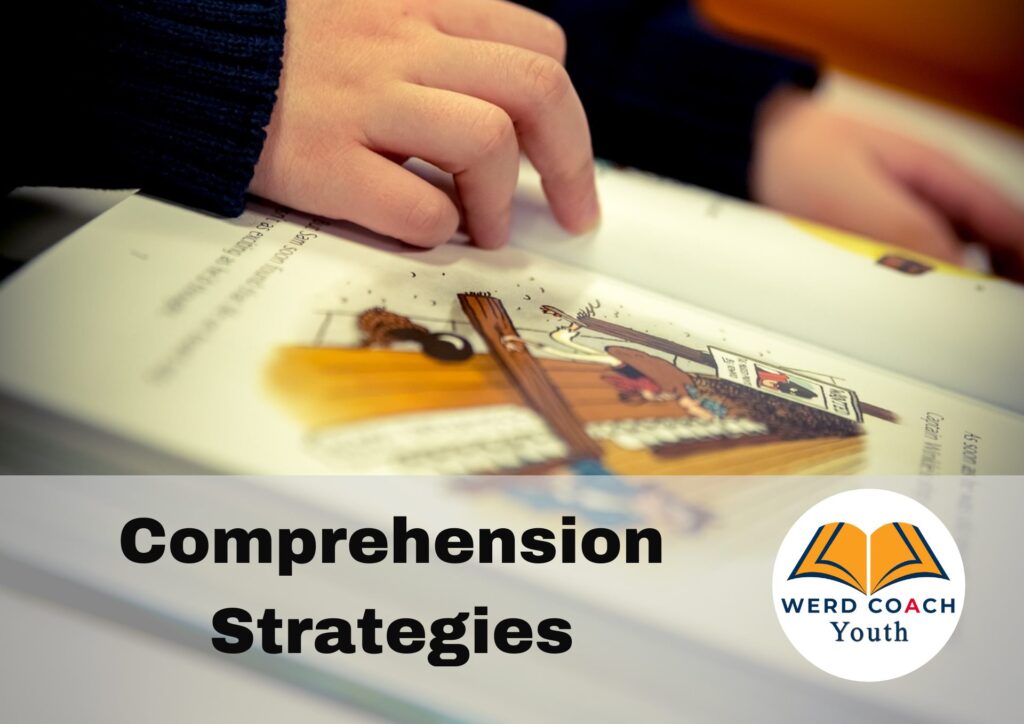Reading comprehension is one of the areas many children have challenges. While they may get the general idea of what they’ve read, some of them have great difficulty responding to comprehension questions. The most fundamental comprehension strategy is knowing what the question is asking, which requires understanding of the different types of comprehension questions.
A quick online search will tell you that there are generally five types of comprehension questions –
1. Lexical – those questions that have to do with vocabulary. For example, “What took the bus into the city?”
2. Literal – those questions that have answers that can be found from a quick scan of the reading material. These usually answer the questions Who, What, Where, When. For example, “Where is the boy with the suitcase going?”
3. Interpretation – those questions that are based on information presented in the reading, but require some thinking to answer. These types of questions answer Why, How, and What if. For example, “Why did the boy with the suitcase board the bus?”
4. Applied – those questions that ask readers to go beyond what was read and give their opinion. These types of questions answer What do you think. It’s important to note that in answering these questions, readers must give reasons for their opinions, and these reasons must be based on the information given in the reading material. For example, “Did the boy with the suitcase do the right thing by boarding the bus?”
5. Affective – those questions that ask readers to go beyond what was read to give thoughts about how characters are feeling, or how the reader feels about similar situations. These types of questions refer to social and emotional ideas, and also require reasons and examples from the reading material to support ideas given. For example, “How did the boy with the suitcase feel about the bus driver?”
Knowing the type of question asked is the first step toward answering the question effectively.


